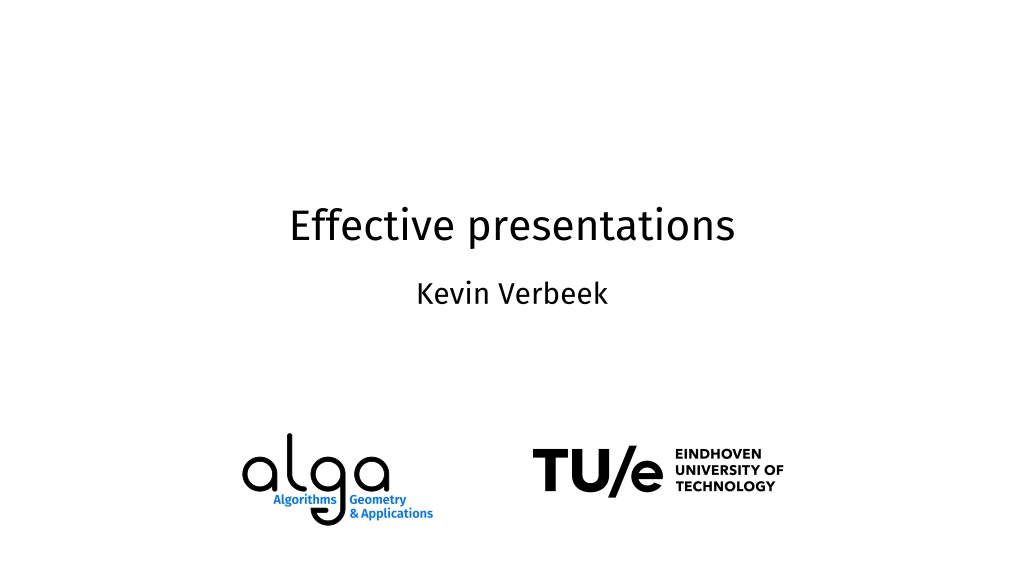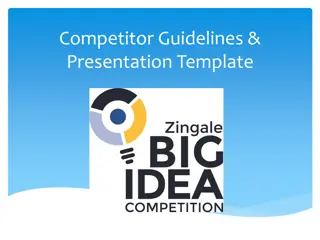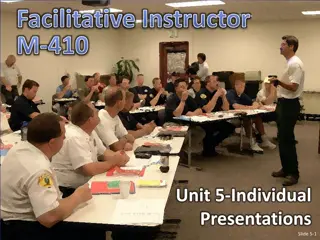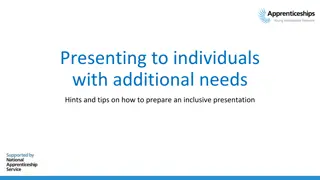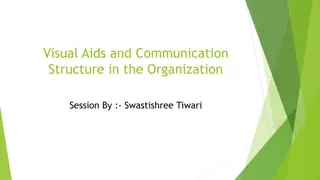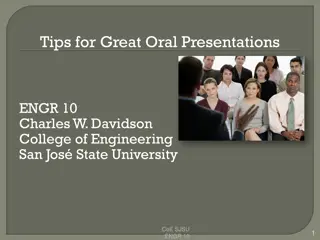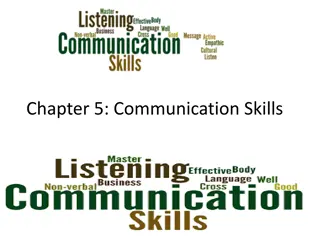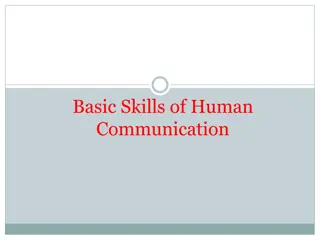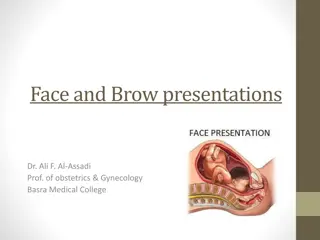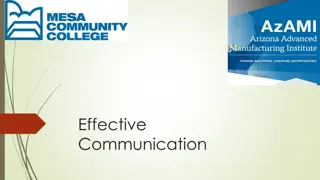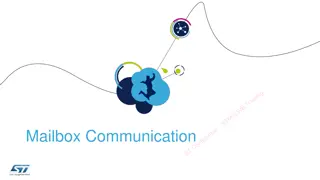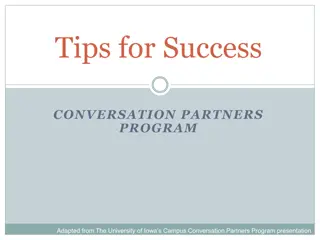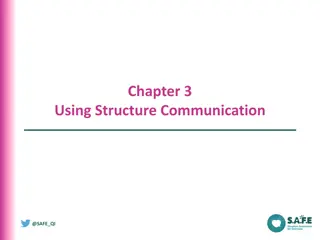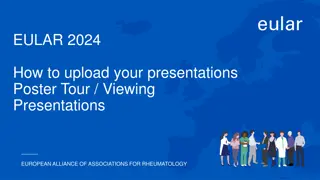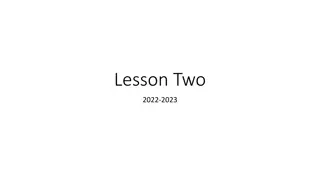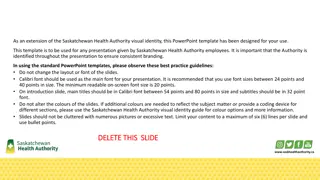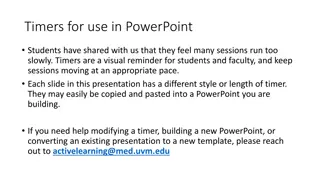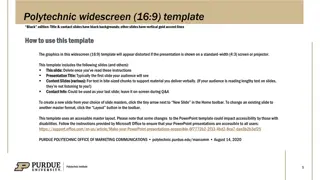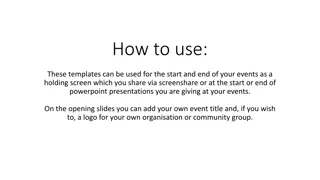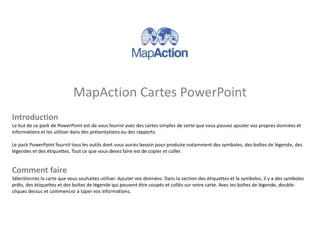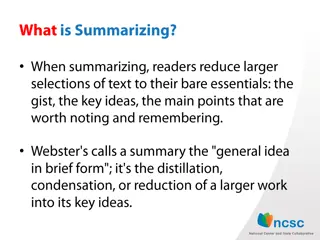Effective Communication Strategies for Successful Presentations
Learn the main goals of a presentation - reaching your audience with relevant messages, understanding the importance of adapting to your audience, maximizing the signal-to-noise ratio, and using effective redundancy in your content. Discover the five steps for delivering effective oral presentations, from planning and designing to delivering and answering questions. Enhance your skills in presentation planning, design, and delivery to optimize your communication impact.
Download Presentation

Please find below an Image/Link to download the presentation.
The content on the website is provided AS IS for your information and personal use only. It may not be sold, licensed, or shared on other websites without obtaining consent from the author. Download presentation by click this link. If you encounter any issues during the download, it is possible that the publisher has removed the file from their server.
E N D
Presentation Transcript
Effective presentations Kevin Verbeek
What is the main goal of a presentation? To get messages across to an audience Messages: what vs so what Audience: who exactly is your audience?
Effective communication Three laws of communication 1. Adapt to your audience 2. Maximize the signal-to-noise ratio 3. Use effective redundancy
Adapt to your audience Audience Cannot be chosen What is their level of expertise? Me Audience Most constraints Most freedom If your messages don t come across, do not blame your audience!
Maximize the signal-to-noise ratio Signal Your messages Relevant information Noise Noise Me Audience Anything that is not signal Flashy layouts Filler words Over-the-top animations Irrelevant gestures/tics In your presentation, nothing is neutral!
Use effective redundancy Uncontrollable noise Audience noise: exhaustion, mobile phones, etc. Environmental noise: construction work, bad equipment Multiple channels and codings Verbal and nonverbal Text and pictures verbal Me Audience nonverbal Multiple codings should be complimentary!
Oral presentations Five steps for effective presentations 1. Plan your presentation 2. Design your presentation 3. Create the slides 4. Deliver your presentation 5. Answer questions
Plan your presentation Presentation setting Who is your audience? Time constraints? Researching your topic Find resources Read resources Choose what to tell during presentation Giving a good presentation is an optimization problem!
Designing the presentation Top-down structure Main message Main points Subpoints Presentation parts (Attention grabber) Motivation Main message Body Conclusion
Creating the slides Good slides Should be able to stand on their own Should be complementary to spoken text Should only contain necessary information Should get the message across almost instantly Slide content Not too much text Even fewer formulas Use images but only if it supports the message Having bad slides is worse than having no slides at all!
Slide guidelines Slide layout No serif fonts: No Times New Roman! Not too many different font sizes Good colors: few and beamer safe No crazy backgrounds Use a clear structure: good slide templates Common slides Title slide: basic information Preview/Outline slide: simple or not at all Conclusion slide: review the messages No questions slide!
Deliver the presentation Rehearsing Practice your presentation Remember transitions Time your talk! Giving the presentation Speak clearly Stand tall and straight Face the audience Gauge their understanding Adapt if necessary
Answering questions Procedure Clearly finish your presentation without asking for questions Audience applauds Now you can answer questions Audience applauds again Answering questions Repeat the question if necessary Make sure you understand the question Give brief and concise answer If you do not know the answer: admit it
Conclusion Always keep the laws of communication in mind! 1. Adapt to your audience 2. Maximize the signal-to-noise ratio 3. Use effective redundancy
